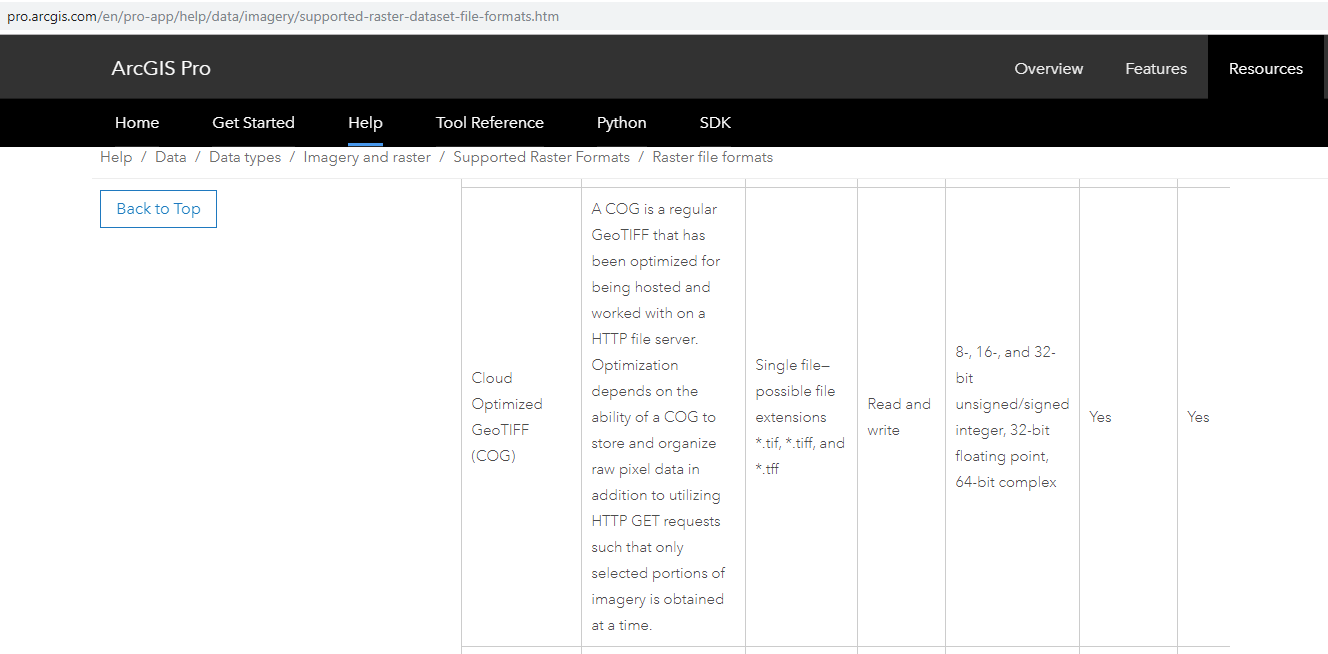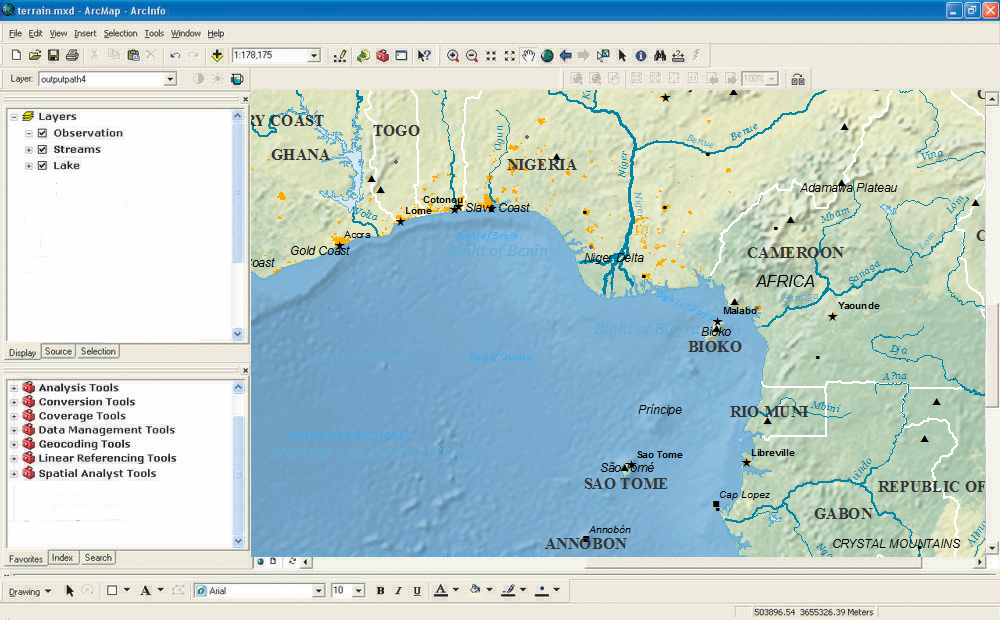

GeoJSON is a format for encoding a variety of geographic data structures. When ingesting EsriJSON data, you can specify whether or not the data has lines.įor more information, see EsriJSON which includes EsriJSON samples and configuration parameter examples. EsriJSON data is supported for most feed and data source types. In either configuration, the EsriJSON data ingested should have a specific geometry type, fields, and a spatial reference. EsriJSONĮsriJSON (also referred to as a FeatureSet object) can be ingested by Velocity as either a FeatureSet (collection of features) or individual features separated by lines in a file. When ingesting JSON data, you can specify a root node containing the array of messages, whether or not the data has lines, as well as whether or not to flatten a JSON structure with multiple levels or exempt certain fields for flattening.įor more information, see JSON which includes detailed JSON samples and configuration parameter examples. JSON data is supported for most feed and data source types. JavaScript Object Notation (JSON) is a popular and lightweight data-interchange format. To convert or transform numerical values, use Calculate Field or Map Fields within an analytic. For delimited data, downgrading from a float to an integer can cause the value to be skipped entirely. Changing of field types is not intended for on-the-fly conversion of numerical values. For example, a small sample set may not reveal that a particular field should be Int64 as opposed to Int32.Īdditionally, changing fields from a float type ( Float32 or Float64) to an integer type ( Int32 or Int64) is not recommended. Delimited data is not strongly typed, meaning that field/attribute types are not specified explicitly within the data. It is important to pay close attention to the fields and field types derived by Velocity when delimited data is sampled.

When ingesting delimited data, you can specify the field separator and whether or not there is a header row. The following data formats are supported:ĭelimited data is supported for most feed and data source types. When configuring input data, Velocity will automatically sample for messages or records and attempt to determine the format of your data. Every feed or data source type in ArcGIS Velocity supports either an inherent data format or a variety of formats.


 0 kommentar(er)
0 kommentar(er)
